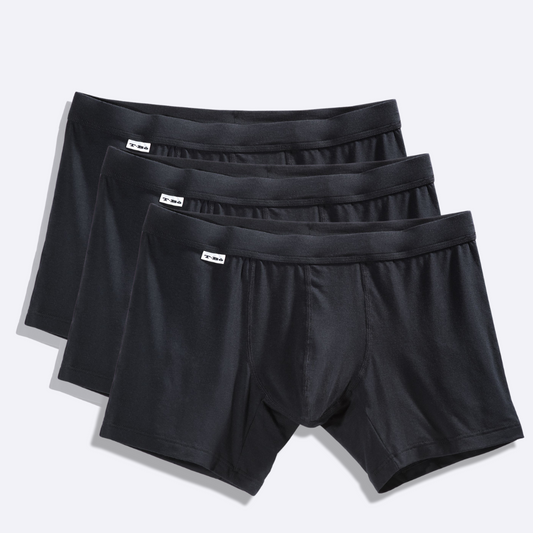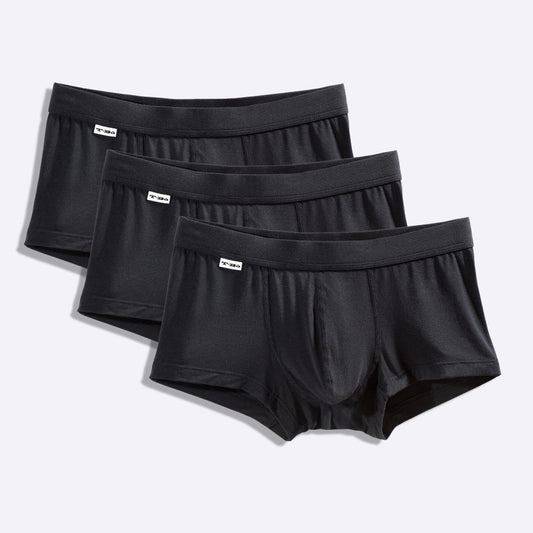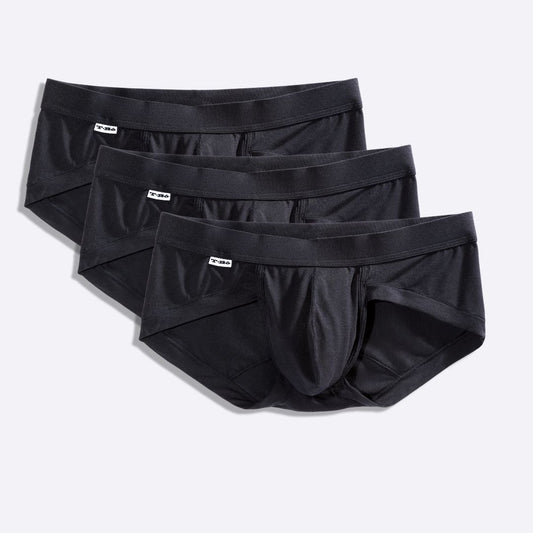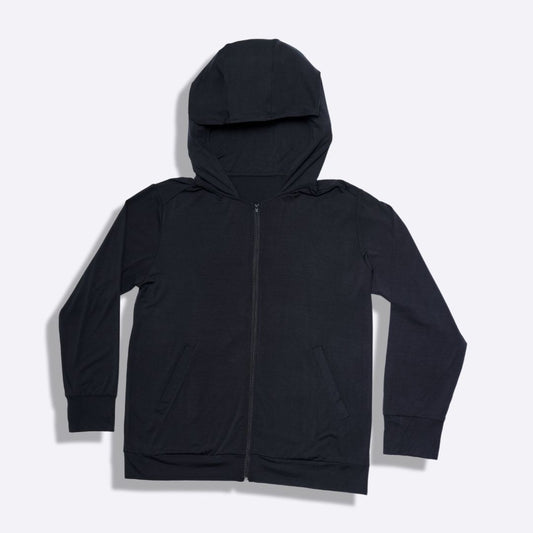
How to Pick Your First Fighting Game Character
The diversity of a roster is the best part of any fighting game. All the designs, personalities, and playstyle are a big draw for new players and veterans alike.
If you’re a new player, looking to get into fighting games, a large character select screen can seem overwhelming at first. Choosing the right playstyle can make learning a new game more fun. The goal of this article is to help you make an informed decision, so you can gel with your character and get playing faster.
Luckily, it's not as complex as it seems. All fighting games, to a certain extent, build their roster on a foundational set of principles or traits that define the playstyles of their characters. For this article, we will be using Street Fighter as an example.
Be warned! These archetypes are not set in stone. If you decide to venture into the world of anime fighting games like Guilty Gear, or Blazblue, these archetypes will not translate directly.
As fighting games have evolved over time, these archetypes have been experimented with in order to create more interesting game mechanics and characters. I’ll provide examples below as to how characters from more complex games can be slotted into these basic categories.
The most important thing to remember when selecting your first character is to pick the one you like the most. If you’ve fallen in love with a character's design or a special move they use, that's great! The goal is to pick a character you love, and that makes you want to pick up the game and play. These categories are just to help inform that decision.
Interested in viewing characters by playstyle look here:


If you're looking to get the most out of your play and stay comfortable, check out the TBô gaming line featuring: The Gaming Sleeve, designed to promote blood flow while keeping you warm and comfortable:
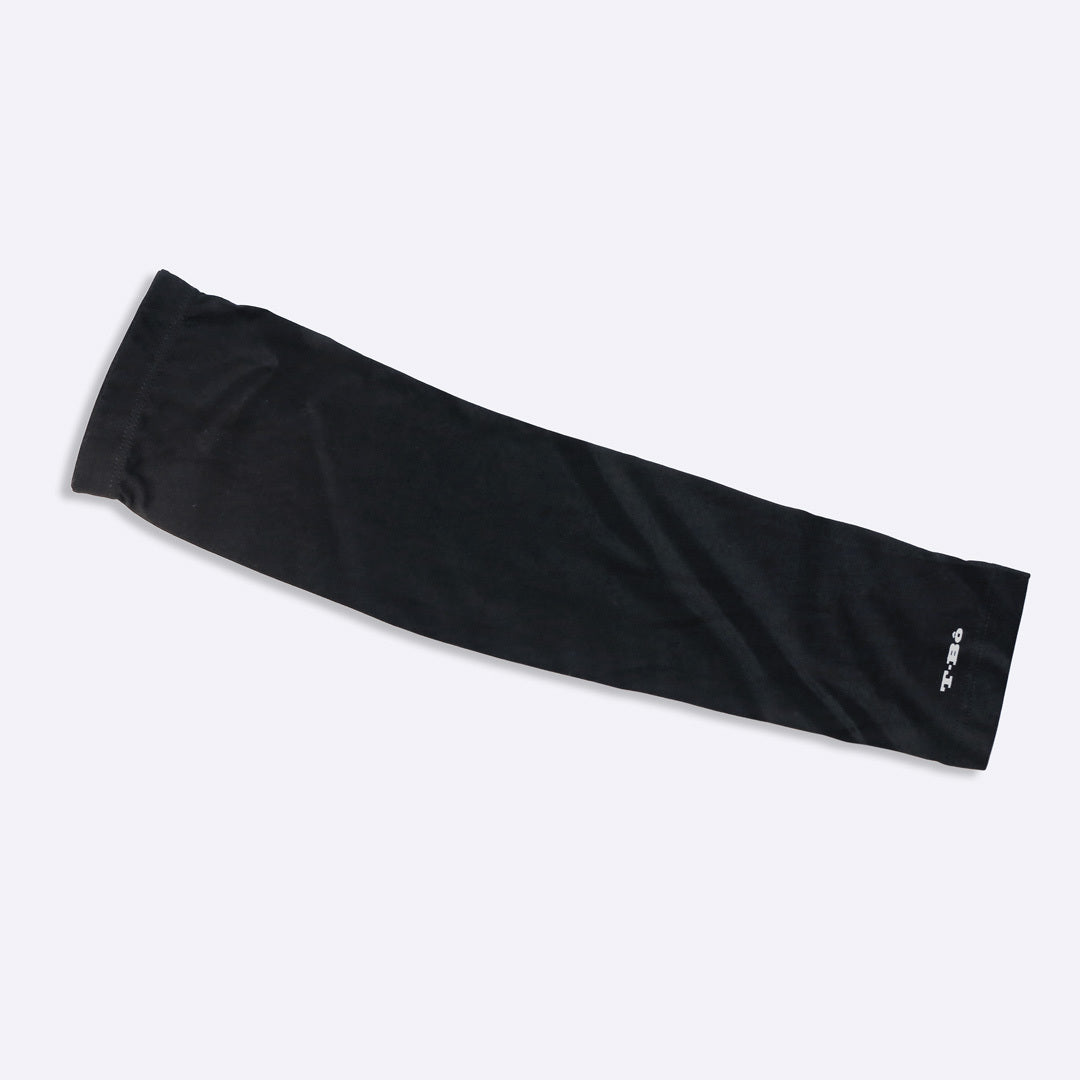

The Shoto:
The term “shoto” is an old school FGC term used to describe a specific character archetype. Originating from the Street Fighter series, Ryu, Ken and Akuma are all considered “shoto’s”. But what does it mean to be a shoto? Simply, the character should have, in some form, all three of these special moves: a fireball, an uppercut, and a tatsu.
Shoto characters are well balanced, and effective at all ranges. The archetype leans on strong fundamentals, and stable play in order to out maneuver their opponents. Oftentimes, the protagonist of whatever game you're playing is a shoto archetype or the closest equivalent.
Shoto’s are good for beginner players as they’re simple, reward strong fundamental play, and have tools to win in every situation. They can be punishing at first, as you wont have many gimmicks to rely on for easy wins.
The Guilty Gear equivalent of a shoto character would be both Sol Badguy, and Ky Kiske. They aren't one to one matches but the style is similar.
Check out some high level shoto play here:
The Grappler:
The grappler archetype is another term that originated with Street Fighter, and dates back to its earliest iterations. The grappler does exactly what their name implies: they pick you up and throw you. Often these characters are slow moving with a large health pool. They struggle at range but are deadly up close, and force your opponent to guess between a strike or a devastating throw. Zangeif, from Street Fighter, is the classic grappler.
Grapplers are great for patient players who enjoy big bodied characters, and don't mind taking hits in order to approach. The special command grabs sported by a grappler can be intensely satisfying to pull off. But be warned, these command grabs often require complex inputs. That being said, everything is possible with a little practice.
The Guilty Gear equivalent is Potemkin. Potemkin is a grappler through and through and very similar to Zangeif from Street Fighter.
Check out some high level Grappler gameplay here:
The Zoner:
The term “zoner” was coined for the characters ability to control large areas, or zones, of the screen while keeping the opponent as far away as possible. Zoners are incredibly effective at range, often a full screen away. If done right, they can pester and frustrate their opponent to death without ever being touched. The trade off is that a zoner is less effective once the distance is closed, and they can struggle to get an opponent out once they’re in. Dhalsim or Guile are classic Street Fighter examples.
The zoner, like the grappler, rewards patient play but to the opposite effect. A zoner player wants to stay away from the opponent, and keep them out with long attacks that are difficult to maneuver around. A zoner player must also be familiar with other characters, and understand the different tools they have to approach. Strong anti-airs are essential to stop opponents from recklessly approaching in the air. If played well, a good zoner can be completely suffocating even at the highest levels of play.
The Guilty Gear equivalent of a zoner would be Axl Low. Axl’s move perfectly illustrates how a zoner should function and control the screen.
Check out some high level zoner play here:
Interested in performance oriented clothing? Check out some of these options from TBô’s gaming line:
The Raglan Tee. Made with a bamboo fabric that breathes better:

The Chill Hoodie. Built with natural UV protection to keep you dry:

The Rushdown:
The game plan of a rush down character is to get in and suffocate the opponent with powerful, close range, pressure. The rushdown character is unlike the shoto in that they’re less balanced. They trade some effectiveness at distance for more tricky and powerful tools up-close. Rushdown characters come in many forms, and the degree to which they’re balanced can vary. Some are more balanced while others have a more all-in gameplan. Cammy, from Street Fighter, is a rushdown character.
The rushdown character is for players who like offense and moving forward while pushing their opponent into the corner. Check out moves like Cammy’s Spiral Arrow. See how this move is designed to propel her forward, keeping her on top of the opponent after a knock down. Rushdown characters often have effective normals that they use to win the neutral and initiate offense.
In Guilty Gear, Giovanna is a classic example of a pure rushdown character.
Check out some high level rushdown here:
The Mix-up:
Mix-up characters are complicated. In essence, they function very similarly to a rushdown character. However, they are much more “all-in” offensively. Usually, a mix-up character comes with a much lower health pool which they trade for a much more tricky offensive approach. The raw damage of a mix-up character is not high. They make up for it by putting the opponent into situations that are incredibly difficult to block, and looping these situations until they win. Ibuki, from Street Fighter, is a mix-up character.
The mix-up character is for players who don't mind scraping in neutral, and then running setups after scoring a key knockdown. They can be difficult to play because they don't always have the strongest neutral options, but once they start running their mix they can be impossible to stop. Those looking to play mix-up characters need to be prepared to hit training mode because understanding and executing these set-ups is essential to their gameplan. This archetype has massive snowball potential and once you get the hang of it, you’ll be steamrolling your way up to the highest ranks.
In Guilty Gear, both I-no and Millia Rage are great examples of mix-up characters.
Check out high level mix-up play here:
That covers the most fundamental character archetypes in fighting games. Remember, these are the most basic categories. Many games will mix and match elements for different archetypes or introduce completely unique fighters into the cast. That’s the fun of fighting games! Feel free to explore and have fun with all the characters before settling on something that suits you!
By: Simon Mancuso






